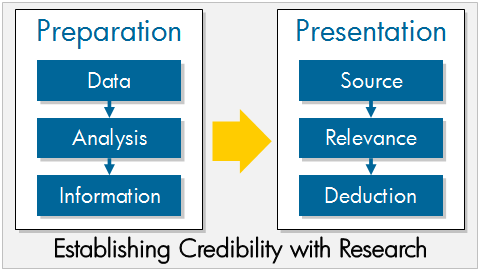I don’t care how much you know until I know how much you care.
—Unknown
If you judge people, you have no time to love them.
—Mother Teresa (Albanian Catholic Humanitarian)
A bird doesn’t sing because it has an answer, it sings because it has a song.
—Maya Angelou (American Poet)
It is not enough to fight. It is the spirit which we bring to the fight that decides the issue. It is morale that wins the victory.
—George Marshall (American Military Leader)
Anger is the most impotent of passions.—It affects nothing it goes about, and hurts the one who is possessed by it more than the one against whom it is directed.
—Edward Hyde, 1st Earl of Clarendon
Dharma means the natural state or condition of beings and things, what sustains, the law of their being, what is right for them to be, the very stuff of their being.
—S. N. Tandon
Oh, the comfort—the inexpressible comfort of feeling safe with a person—having neither to weigh thoughts nor measure words, but pouring them all right out, just as they are, chaff and grain together; certain that a faithful hand will take and sift them, keep what is worth keeping, and then with the breath of kindness blow the rest away.
—Dinah Craik (English Novelist)
A bird does not sing because he has an answer. He sings because he has a song.
—Joan Walsh Anglund
The one important thing I have learned over the years is the difference between taking one’s work seriously and taking one’s self seriously. The first is imperative and the second is disastrous.
—Margot Fonteyn
Life seems but a quick succession of busy nothings.
—Jane Austen (English Novelist)
